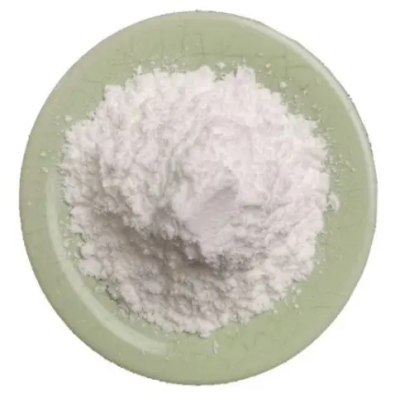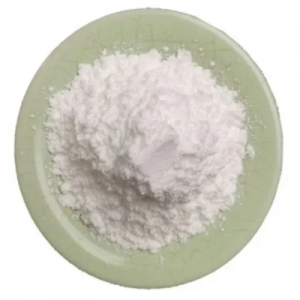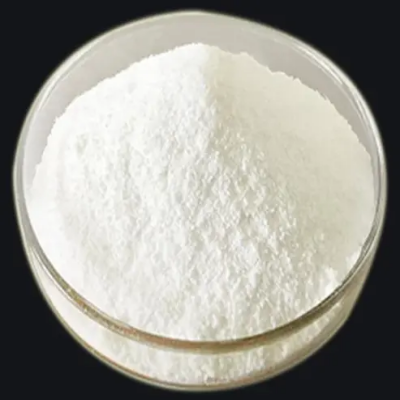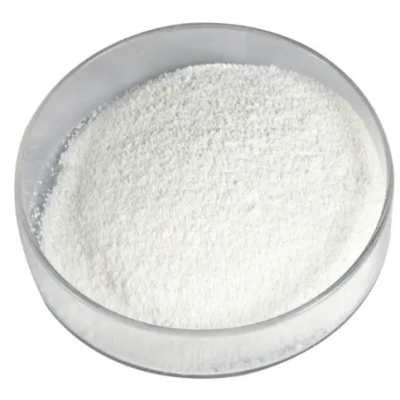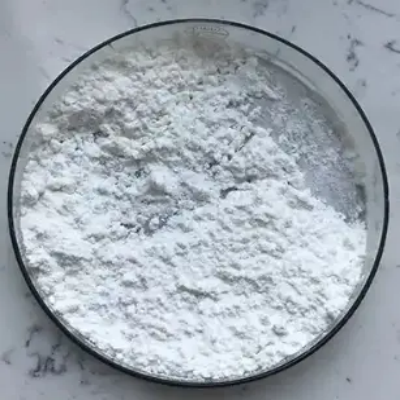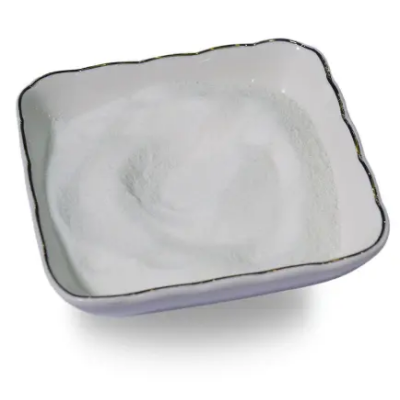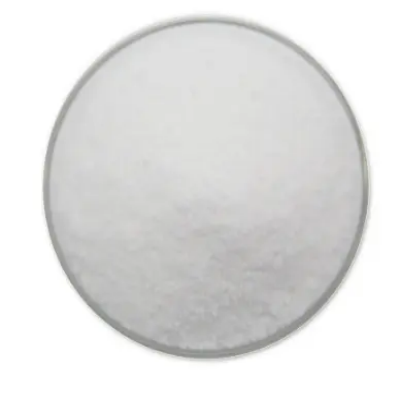2-Chloro-4,6-diphenyl-1,3,5-triazine CAS:3842-55-5
2-Chloro-4,6-diphenyl-1,3,5-triazine (CDPT) finds diverse applications owing to its distinct chemical structure and properties. One prominent use is in the field of agricultural chemistry. CDPT serves as an effective precursor for the synthesis of herbicides and pesticides. Its chloro-substituted triazine core provides a structural basis for the development of compounds with herbicidal and pesticidal activities. By modifying the chemical structure of CDPT derivatives, researchers aim to enhance their selectivity and efficacy while minimizing environmental impact. Furthermore, CDPT derivatives have shown promise as intermediates in organic synthesis. Functionalized derivatives of CDPT can be utilized as versatile building blocks for the construction of complex organic molecules. Their triazine scaffold offers opportunities for the introduction of various functional groups, enabling the synthesis of diverse compounds with potential applications in pharmaceuticals, agrochemicals, and materials science. In the field of materials science, CDPT derivatives are being investigated for their potential use in polymer chemistry. Modified CDPT derivatives can serve as monomers for the synthesis of functional polymers with tailored properties. These polymers find applications in areas such as coatings, adhesives, and membranes, where their chemical and mechanical properties can be tuned to meet specific requirements. Moreover, CDPT derivatives exhibit potential as fluorescent probes for biochemical sensing and imaging applications. Functionalized derivatives of CDPT can be designed to selectively bind to target biomolecules or cellular structures, enabling the visualization and detection of biological processes with high sensitivity and spatial resolution. Such probes have utility in research areas such as cell biology, molecular imaging, and drug discovery. Overall, the versatile nature of 2-Chloro-4,6-diphenyl-1,3,5-triazine makes it a valuable compound with diverse applications in fields such as agricultural chemistry, organic synthesis, materials science, and biochemical sensing. Continued research and development efforts are likely to uncover additional uses and further enhance the utility of CDPT and its derivatives in various scientific and technological endeavors.



| Composition | C15H10ClN3 |
| Assay | 99% |
| Appearance | white powder |
| CAS No. | 3842-55-5 |
| Packing | Small and bulk |
| Shelf Life | 2 years |
| Storage | Store in cool and dry area |
| Certification | ISO. |


